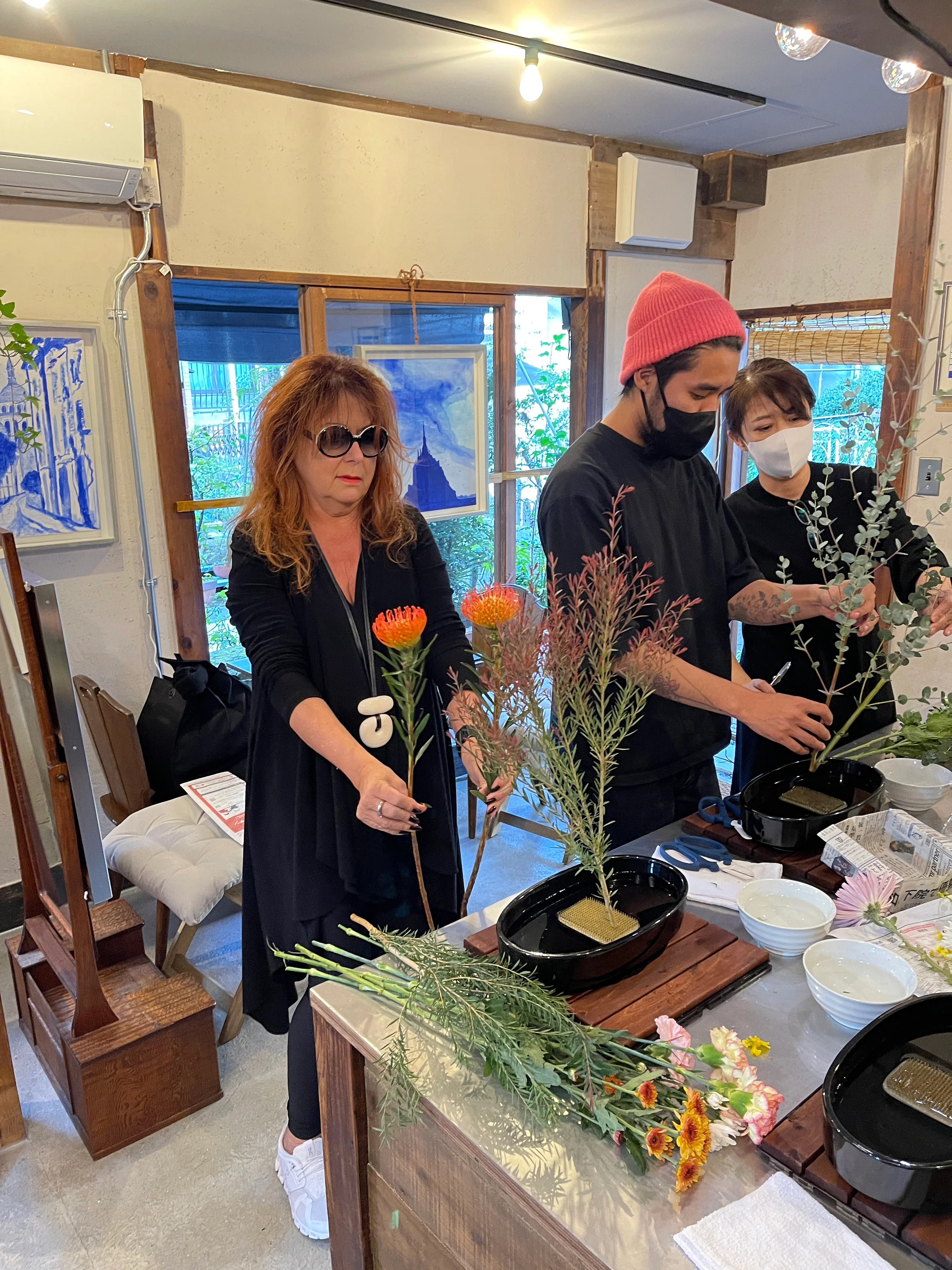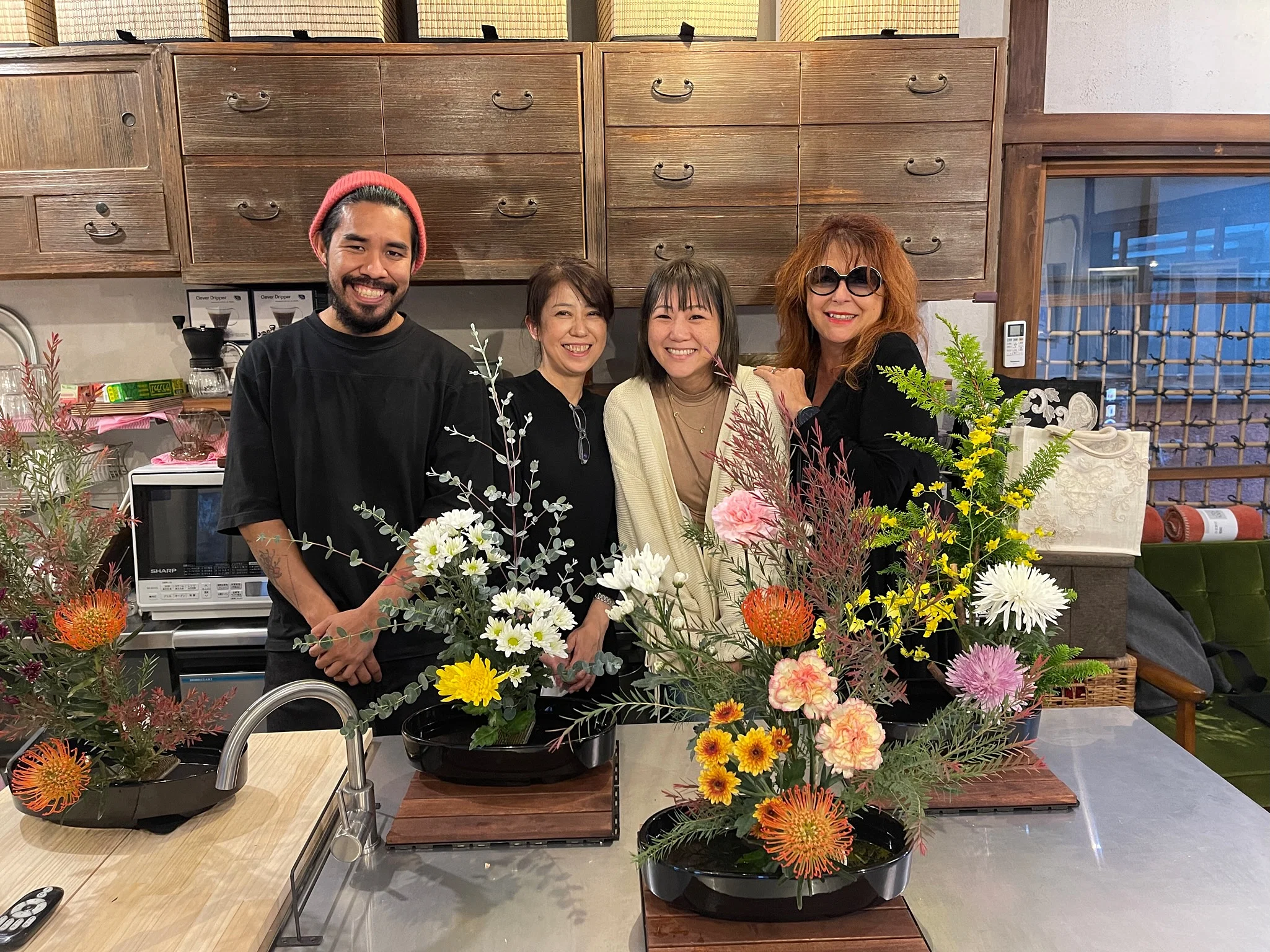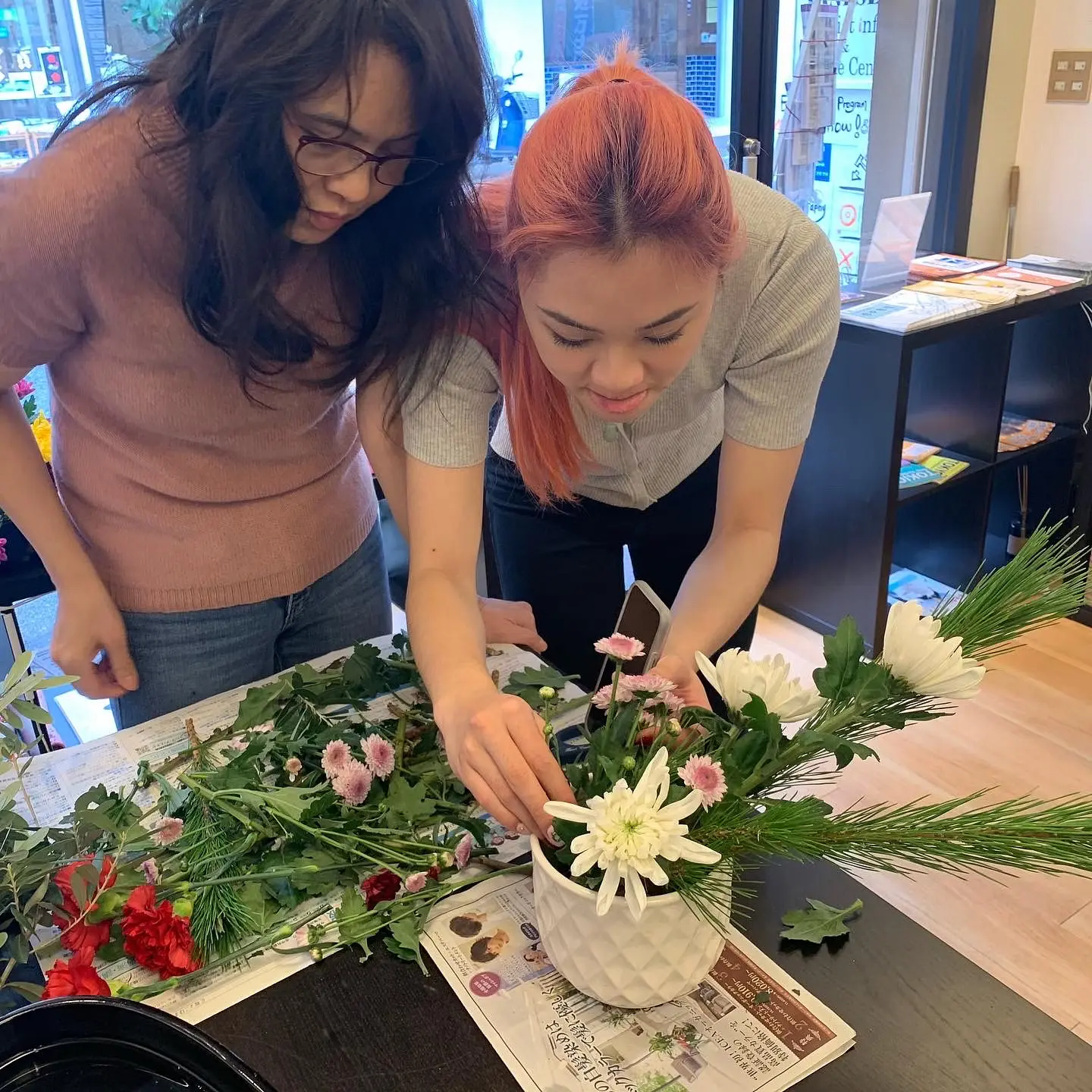Kado, also known as Ikebana, is the ancient Japanese art of flower arrangement. With a history spanning over 600 years, Kado is more than just a decorative art form; it is a spiritual practice that embodies the harmony between nature, humanity, and creativity. Rooted in the principles of minimalism, balance, and natural beauty, Kado invites practitioners to express their inner thoughts and emotions through the mindful selection and arrangement of flowers, branches, and leaves. As you delve into the world of Kado, you'll discover a profound connection to the seasons, a renewed appreciation for the ephemeral nature of life, and a meditative practice that cultivates peace, tranquility, and self-awareness.
1 tours & activities found
Sort by price
Kado is characterized by its unique approach to flower arrangement, which differs significantly from Western floral design. Some key features and principles of Kado include:
There are numerous schools and styles of Kado, each with its own unique philosophy and techniques. Some of the most prominent schools include Ikenobo, Sogetsu, and Ohara. While the specific approaches may vary, all Kado schools emphasize the importance of mindfulness, respect for nature, and personal expression through the art of flower arrangement.
For those interested in experiencing Kado firsthand, Japan offers a wealth of opportunities to learn and practice this traditional art form. Many cultural centers, gardens, and temples throughout the country offer Kado workshops and classes, where participants can learn the basics of flower arrangement under the guidance of experienced instructors. Some popular destinations for Kado experiences include the Ikenobo Headquarters in Kyoto, the Sogetsu School in Tokyo, and the Ohara School of Ikebana in Kobe.
In addition to hands-on workshops, visitors can also explore the world of Kado through exhibitions, demonstrations, and festivals. The annual Ikebana International Exhibition in Tokyo showcases the work of top Kado practitioners from around the world, while local festivals and events often feature stunning Kado displays that celebrate the changing seasons and the beauty of Japan's natural world.
Immerse yourself in the timeless art of Kado by booking your Ikebana experience in Japan today. Whether you're a complete beginner or an experienced practitioner, exploring the world of Kado promises to be a transformative journey that deepens your connection to nature, creativity, and inner peace. Discover the profound beauty and wisdom of this ancient Japanese art form, and let the flowers guide you on a path of self-discovery and mindful expression.



77
tours & activities
29
tours & activities
22
tours & activities
17
tours & activities
16
tours & activities
8
tours & activities
8
tours & activities
6
tours & activities
6
tours & activities
6
tours & activities
5
tours & activities
5
tours & activities
4
tours & activities
3
tours & activities
3
tours & activities
2
tours & activities
2
tours & activities
1
tours & activities
1
tours & activities
1
tours & activities